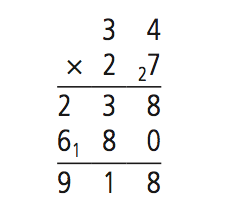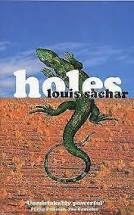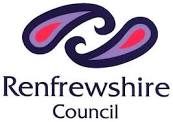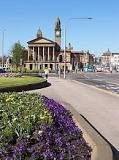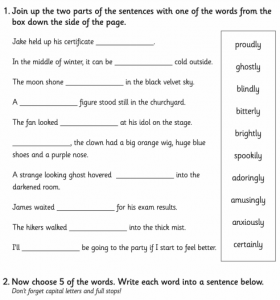
For the month of May you are going to do your own research project about Paisley as part of Local Community History month. (See the original lesson from Monday 4th May)
See below the first 3 tasks it asks you to do as part of your project.
- Show Paisley’s location on map of Scotland
- Location of Ferguslie Park on map of Paisley (compass direction from town centre)
- Identify surrounding towns/cities that Paisley shares a border with
For each of these, why not use ‘Google Maps’ or ‘Google Earth’ to help with this. You could include screenshots for your presentation.






